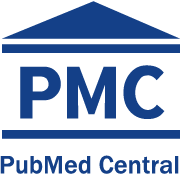Manipulation, analysis, and visualization of data from the demographic and family health survey with the R program
DOI:
https://doi.org/10.17843/rpmesp.2019.361.4062Keywords:
Data Science, Epidemiological Surveys, Statistics as a matter, Hypertension, Obesity, PeruAbstract
The Demographic and Family Health Survey (ENDES, in Spanish) is a national population-based survey with representation at the departmental level and area of residence, constituting a source of information on the health status of the Peruvian population. In order to standardize its processing and subsequent reuse by the academic community and other stakeholders, we documented the code for the manipulation, analysis, and visualization of data from the ENDES 2017 health questionnaire, through an example on the prevalence of hypertension and obesity, using the R statistical programming environment and language. The R code is presented and detailed sequentially, as well as the theoretical support of the survey structure for the manipulation of databases, considering that the complex structure of the ENDES could be a potential barrier faced by researchers. Finally, this example can serve as a basis for generating further studies based on the ENDES that are relevant to public health decision-making.Downloads
Download data is not yet available.
Downloads
Published
2019-03-15
Issue
Section
Special Section
How to Cite
1.
Hernández-Vásquez A, Chacón-Torrico H. Manipulation, analysis, and visualization of data from the demographic and family health survey with the R program. Rev Peru Med Exp Salud Publica [Internet]. 2019 Mar. 15 [cited 2025 May 13];36(1):128-33. Available from: https://rpmesp.ins.gob.pe/index.php/rpmesp/article/view/4062





























